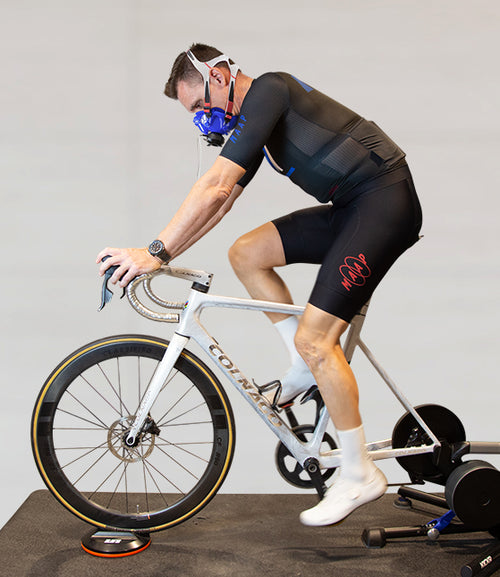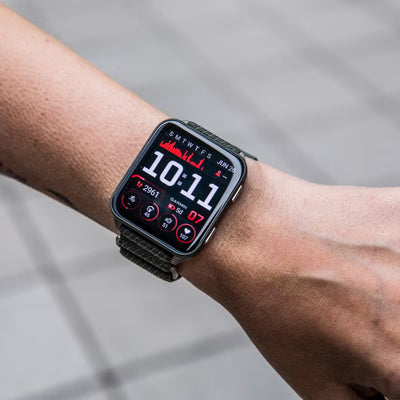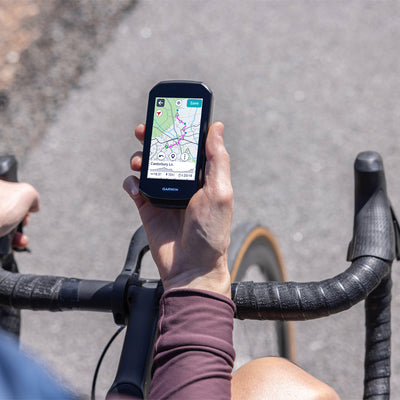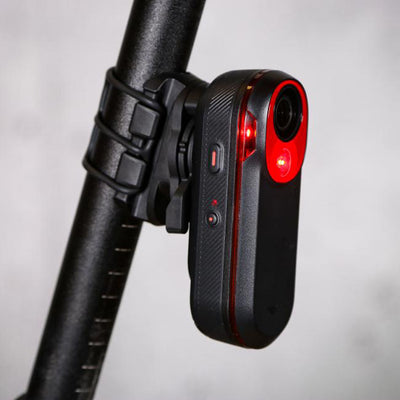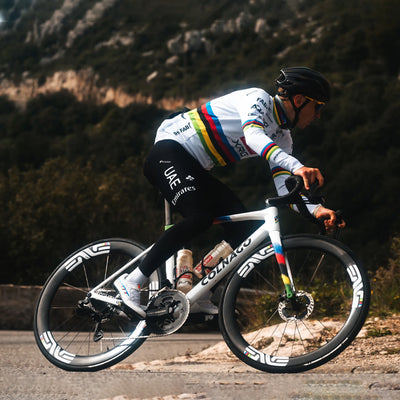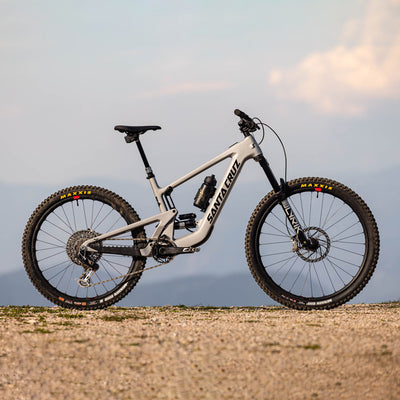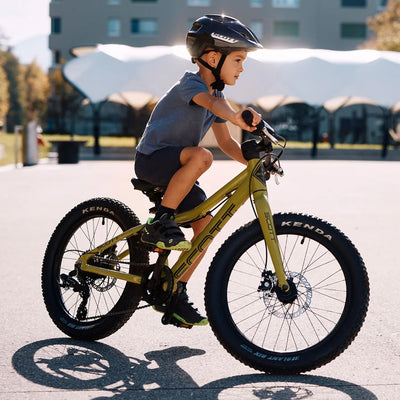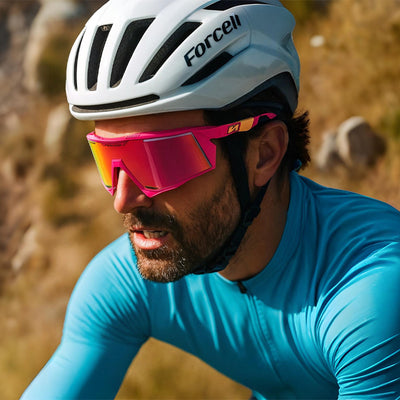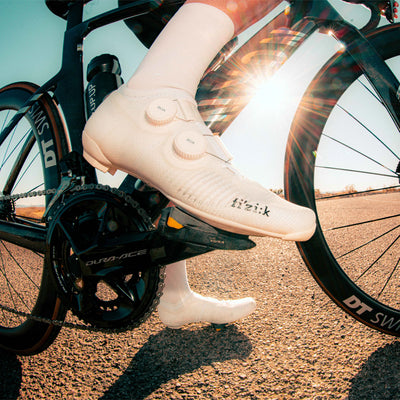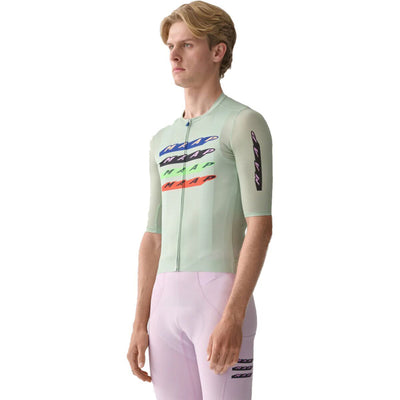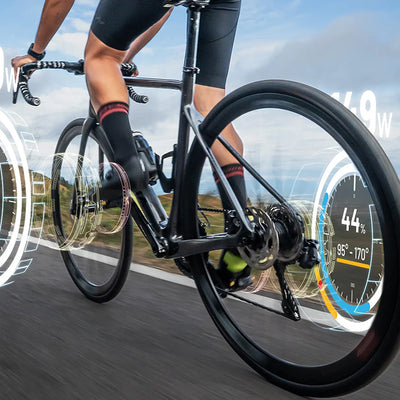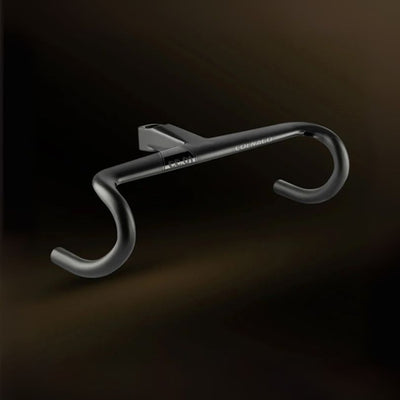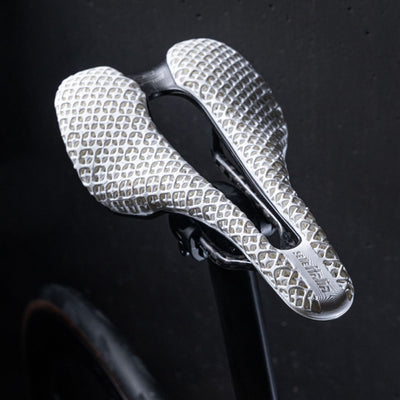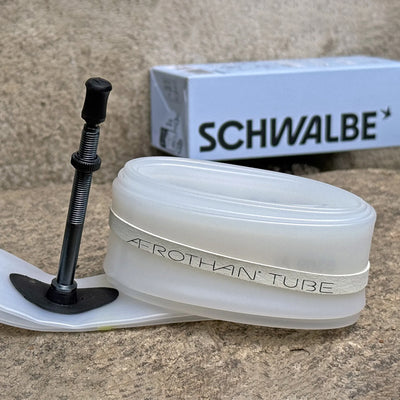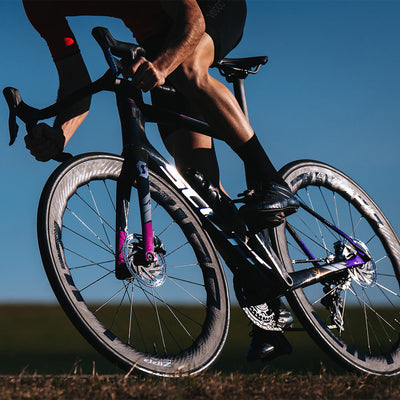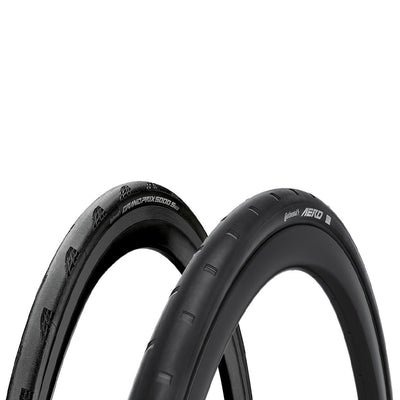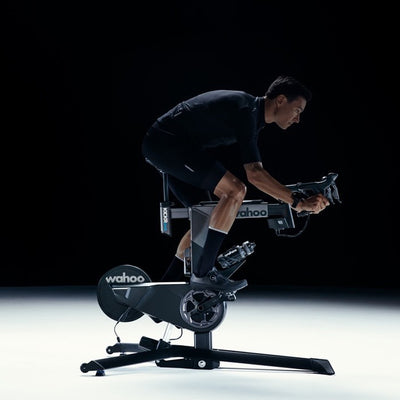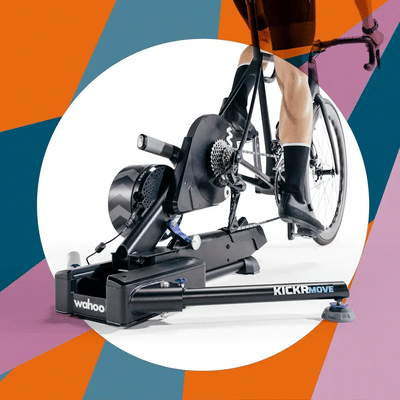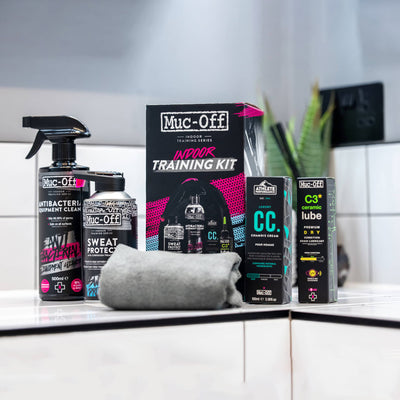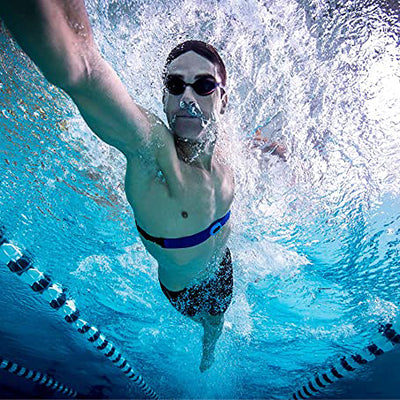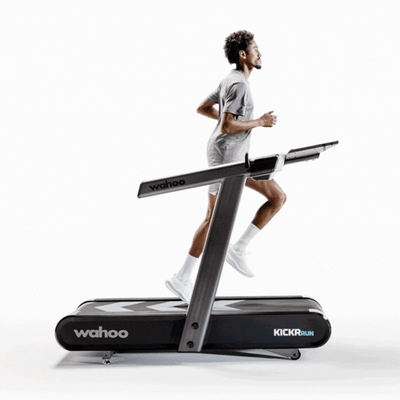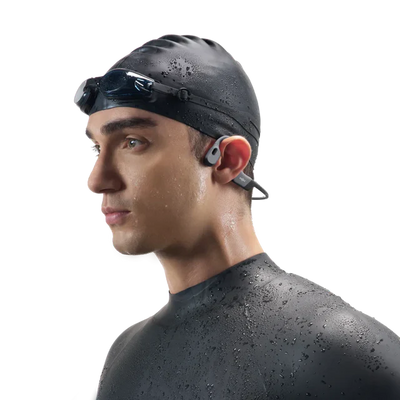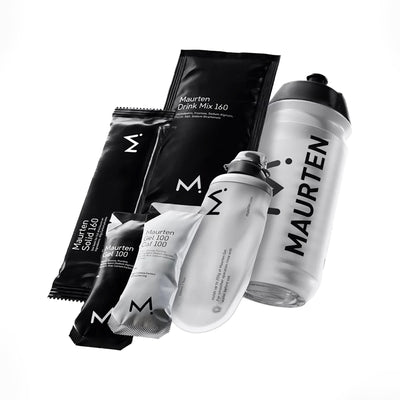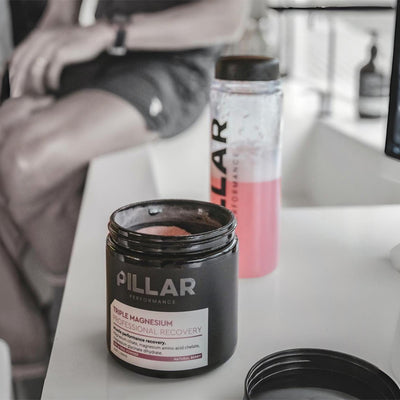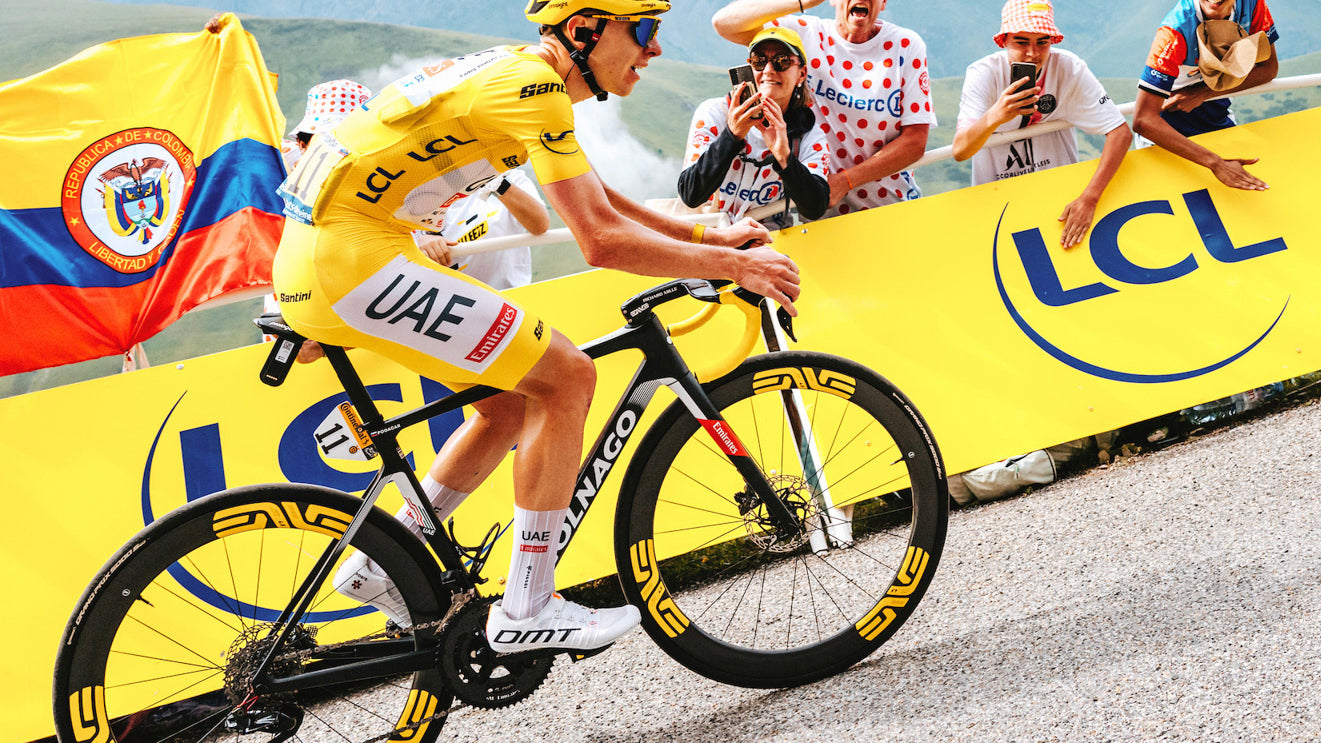Is your crank length helping or hampering your riding?
With bicycle technologies continuously evolving, new information and advancements are being made, focusing on comfort and performance. Although we’ve known that a bike set-up can improve your power output and comfort for some time now, recent studies have shown that something as simple as the crank length can have an impact on the way that you ride. The crank length is determined by measuring from the center of the bottom bracket axle to the center of the pedal axel.
Crank lengths have previously been accepted as standardized lengths depending on the size of a bike. For example, a 58cm frame bike would usually feature a 175mm crank, while 56cm bikes would feature a 172.5mm crank, a 54cm bike a 170mm crank, and smaller bikes would feature 165mm cranks, and very rarely, 160mm cranks. More recently there’s been a shift from these standardized lengths to shorter cranks, even for taller people and bigger bikes. But as technologies improve, we’re seeing more and more athletes use crank length to their advantage and to improve their performance.

A rider’s height and inseam measurements make a big difference to your performance, when considering crank length. For example, if we consider the professional IRONMAN and World Champion Jan Frodeno, he has a saddle height of 860mm and rides with a 172.5mm crank, you might even say that Frodeno doesn’t use a short crank. However, if you looked at this as a ratio between his saddle height and crank length, and applied it to a smaller rider, with a saddle height of 670mm and ride a 165mm crank, they would need to ride a 135mm crank to achieve Frodeno’s ratio, and if you compared Jan to the smaller rider, he would need to ride a 210mm crank to achieve their ratio.
What you’re looking for when selecting a crank, is a crank that offers you the perfect balance of power, comfort, and aerodynamics. The best way to determine which crank size would be best for you, is to do a bike fit, so that we can professionally measure your height, inseam, and leg length, while considering other factors like flexibility, injuries (both old or new), and your riding style, goals, and ambitions. If you ride your bike for basic fitness, you have no discomfort or pain, and you’re not interested in marginal gains, you likely wouldn’t benefit from changing your crank length. However, if you want to get faster, and more efficient on your bike, a bike fit will help you analyze and carefully choose the right crank length for your riding style.
Here's how it works, a longer crank demands you to pedal in bigger circles, compared to a shorter crank. Although a longer crank could produce more torque, it decreases your cadence due to the increased size of the circle you are pedaling. It also changes your sitting position, shortening your hip angle (between your thigh, hip, and torso), bringing your chest down and your knees up towards your chest. If your crank is too long, you’ll lose power, efficiency, and comfort. However, a shorter crank, allows you to get lower on your bike (lower back angle), opening your hip angle, minimizing frontal surface area, which improves aerodynamics, power output, and can help you avoid injury.
If you’re still unsure if you should change your crank length, here are some of the key issues and indicators to consider:
- You have hip or knee pain, injuries or limitations.
- Your pedal stroke isn’t aligned or smooth.
- You have trouble getting into a comfortable aero dynamic position.
- You recently got a bike, and you can’t get comfortable.
- You haven’t had a bike fit on your current bike.
- You’re a triathlete and want to improve your run off the bike.
The best way to know if you should get a shorter crank, is to have a professional bike fit done so that all factors can be considered. Due to everyone’s body shapes, flexibility, pedaling styles and goals being different, there is no “one size fit’s all” solution when it comes to crank length. Changing your crank length might lead to other changes that’ll need to be made, such as your saddle height, your gear rations, and your overall sitting position. Taking a guess could cause you to waste money, pick up an injury, and lower your power-output. In summary, when choosing a crank length, it’s best to consult a professional bike fitting team.


